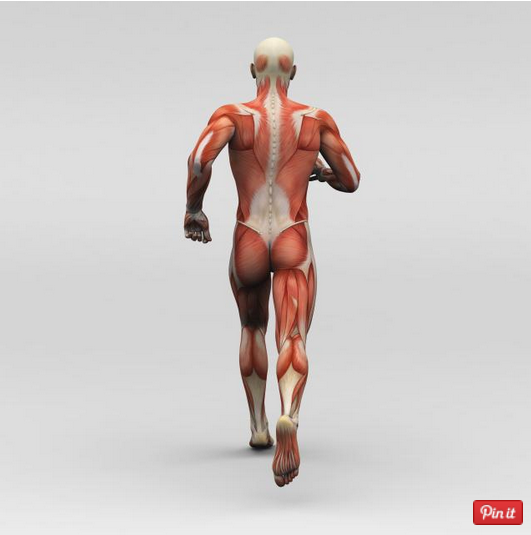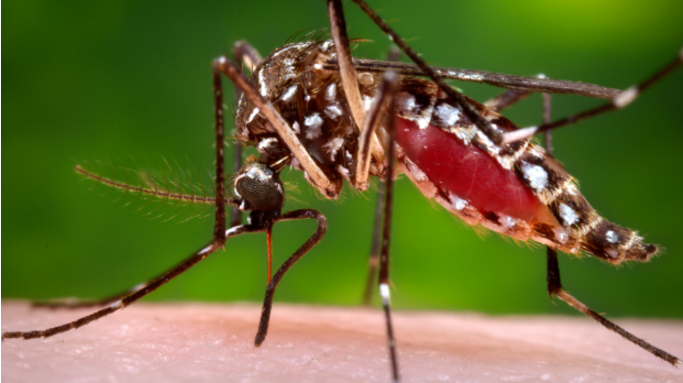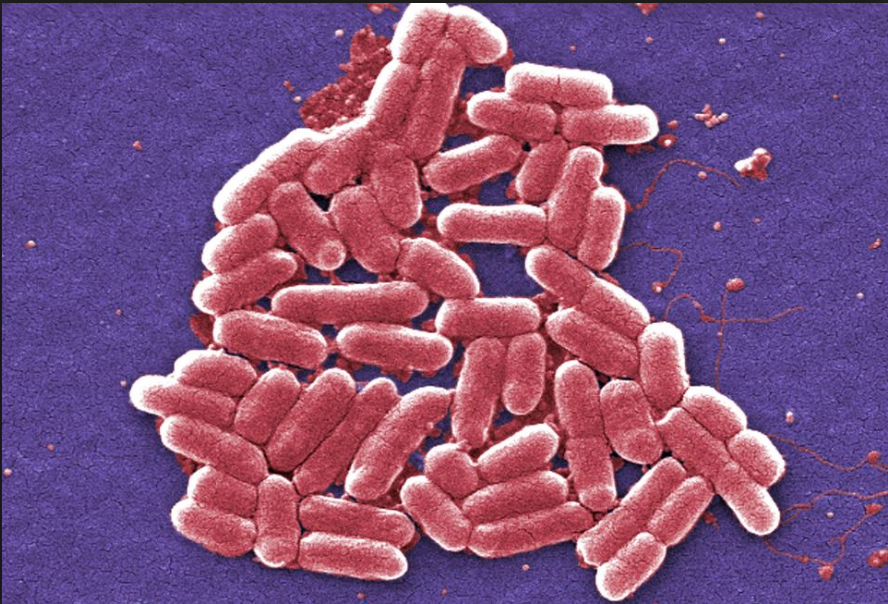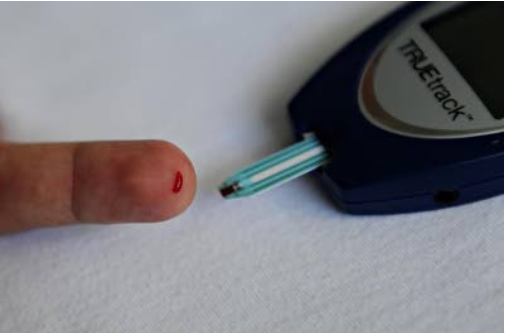Hamstring Muscles
Hamstrings are the big muscles located at the back of your thigh. Actually, the hamstrings are a group of 4 muscles. Each hamstring crosses 2 joints – the hip and the knee. This means when they contract they can either take your lower extremity back behind you (called hip extension) or bend the knee (called knee flexion.) While the hamstrings can produce both movements at the same time, they can’t do so to their full capacity.
It’s one movement or the other if you’re looking to go all the way with a hamstring muscle contraction.
At the hip, the hamstrings play a role in a posture condition known as flat low back. This is because the result of their contraction at this location is a pulling down of the pelvis in back, a move also known as a posterior pelvic tilt. The posterior pelvic tilt, in turn, tends to elongate the natural low back curve, overstretching and/or weakening the muscles in that area and possibly predisposing you to disc injury. Tight hamstrings may also play a role in sacroiliac dysfunction.
To become acquainted with each of the 4 hamstring muscles, including where they attach and what they do, slide on.
2 of 4 Biceps Femoris Hamstring Muscle
Biceps Femoris Hamstring Muscle
The biceps femoris muscle is one of the big, long muscles at the back of your thigh. (The other one is the semitendinosis; the biceps femoris is lateral, or toward the outside relative to the semitendinosis.)
The biceps femoris has two “heads” – a long and a short. At the hip, both the long and short heads rotate the thigh outwardly and extend it backward. At the knee, they flex and laterally rotate the joint.
Attachments of the Long and Short Biceps Femoris Heads
The long head of the biceps femoris originates on the inner side of your sitting bones, which are little knobs of bone that are technically called the ischial tuberosities. The ischial tuberosities are located on the underside of your pelvis. (You likely can feel them when you sit down.)
The short head of the biceps femoris originates on three places on the femur (i.e., your thigh bone) that are located more towards your knee than your hip. Note that the short head of the biceps femoris is the only part of the hamstring muscle group that does not cross two joints. For this reason, some experts don’t consider it to be a hamstring muscle at all. In their article, “Hamstring Muscle Complex: An Imaging Review,” published in the. May-June 2005 issue of RSNA RadioGraphics, Koulouris and associates report that it’s actually missing in some people.
Both the long and short head of the biceps attach on the lower leg, also in three places: The head of the fibula bone, the outer (called lateral) condyle of the tibia bone and the fascia of the leg. Koulouris and associates say that the multitude of attachment sites of the lower leg may make for more tears here than in the other hamstring muscles.
3 of 4 Semitendinosus Hamstring Muscle
Semitendinosus Hamstring Muscle
The semitendinosus is another long, big hamstring muscle. At first glance, it is situated medially, or toward the inside of the back of the thigh, relative to the biceps femoris. The semitendinosus originates at the inner side of your sitting bone.
As with the other hamstring muscles, the semitendinosus muscle crosses the knee. It attaches at the upper part of your tibia bone (aka, the shin bone) on the inner, or medial side.
It also attaches on the deep fascia of the leg. The semitendinosus, along with the satorius and gracilis muscles, is one of 3 muscles – known as the pes anserine tendon – that come together to terminate on the anteromedial (the area to the front and side of the) tibia.
Although many anatomy books don’t show this, the semitendinosus is divided into two sections by a visible ridge of tendonous tissue called a raphe.
Actions of the Semitendinosus
At the hip, the semidendinosus extends the thigh back and also helps or assists with medial rotation of the thigh. At the knee, this muscle bends and medially rotates the joint.
Related: 3 Causes of Sciatica
4 of 4 Semimembranosus Hamstring Muscle
Semimembranosus Hamstring Muscle
The semimembranosus, the 3rd of the hamstring muscles, is a broad muscle (like the semitendinosus.) Unlike the semitendinosus muscle, at first glance it seems a bit tucked away. Like the other two hamstrings, it originates at the ischial tuberosity (aka, your sitting bone.) But the attachment site is located higher up and more to the outside (called lateral) than either one.
It attaches on the posteromedial (i.e., back and side) area of the medial (inner) tibial condyle.
Actions of the Semimembranosus Hamstring Muscle
At the hip, the semimembranosus extends the joint, and helps with medial rotation (i.e., turning the lower extremity inward.) It also flexes the and medially rotates the knee.
Please read the full post in about health













